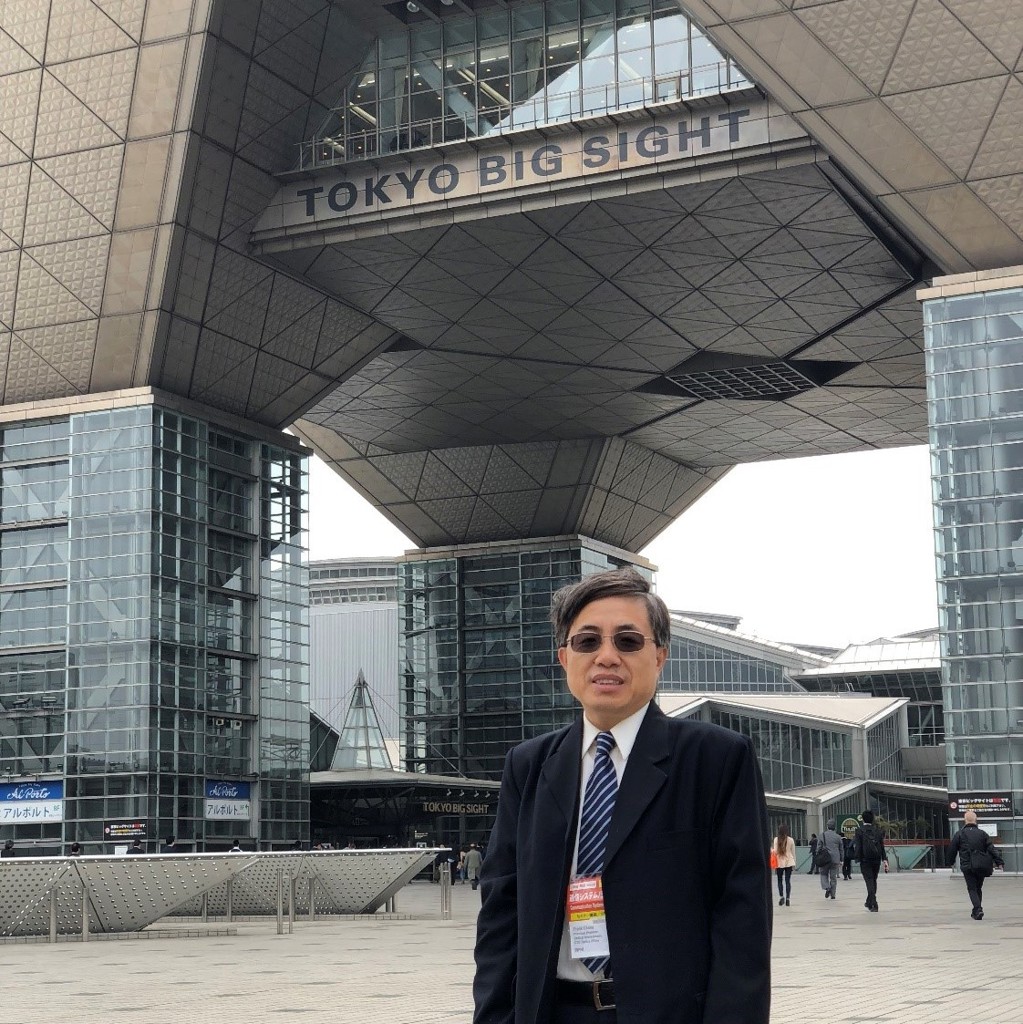Frank Chang
Source Photonics, USAFor outstanding and sustained contributions to and leadership on advancing physical-layer integrated circuit devices and optical transceivers in transmission and data center applications.

Frank Chang was born in northern part of China to a family of school teachers. They encouraged his childhood curiosities and always helped him answer the “Ten Thousand Whys,” a popular children’s science book in China. This early encouragement introduced him to science, and he remembers that it “was fascinating to understand natural phenomena,” which later led to an interest in optics.
In junior high, he excelled in math and physics, and later enrolled in the solid-state physic program at Nankai University in China for his undergraduate work. There, he was accepted into a master’s program in optoelectronics. He continued his PhD work in Nankai, but soon received an offer to join Hong Kong University to conduct research as a research associate, focusing on theoretical modeling of optical spectroscopic properties of doped optoelectronic materials. After two productive years there, Frank decided it was time for a change. He moved to Canada to join the University of Montreal (Ecole Polytechnique) in 1994 and shifted his focus to more experimental areas on ultrashort solid state pulsed lasers. He remembers, “I was so happy to finally see that I was able to apply my model and turn it into some practical application that had an major impact.” Uniquely, Frank started his first industrial job before he completed his PhD and research fellowship. He joined JDS Fitel (later JDS Uniphase) in Ottawa, working full time while also completing his dissertation. This was a hectic time for Frank, but he worked hard and dedicated all of his spare time to reach his goals professionally and academically. After two challenging years, he completed the PhD and joined Cisco Systems (through Pirelli acquisition) in the United States.
His work over the years has primarily been in developing integrated circuits for optical fiber communications. During OFC 2015, Frank had the opportunity to present a particularly exciting development. At that time, Frank worked for the CTO office at Inphi Corporation, and many in the industry did not believe that Four Level Pulse Amplitude Modulation (PAM-4) signaling was possible especially at 56GBaud rates. However, at OFC, Frank and his colleagues did the first industrial technology demonstration live of a single wavelength 100GbE PAM4 transmission system over 10 km single-mode fiber by offline real-time digital signal processing; this was later implemented into a physical integrated circuit chip. In subsequent years, industrial interest in the technology has taken off, and it is now widely used in many applications, especially for cloud data centers and optical transmissions.
Frank has had a long and productive relationship with the society since he was a PhD student. He attended his first OFC conference in 1999 and has participated in each once since then. He is an active volunteer in many committees with the society and he feels it is essential to build networks, learn from the best minds in the industry, and stay updated on the current research. He also appreciates the publishing opportunities provided by the society and believes that “OFC is a good platform to showcase results, find collaborators and encourage great ideas for further research.” He is also deeply involved in the Photonics Society of Chinese-Americans (PSC), serving as its president in 2014-2015 and currently serving as a board member and advisor. His strong relationships with his professional societies have provided him great opportunities throughout his career.
Looking back over his career thus far, Frank has learned many important lessons. He learned early on the importance of having a mentor to “show you how to approach problems and new projects.” Frank has also learned the importance of collaborations, especially for industry. Working with researchers in academia, customers, and other industry professionals is the most efficient way to ensure that the products developed can be transferred into commercial use. While at Cisco, Frank also learned to follow his passion rather than money: “The optics industry has so many opportunities today, and if you follow your passion, money will come.” Frank’s advice to students interested in pursuing a career in science is to “stay humble, keep an open mind, and not to get discouraged.”
Photo Credit: Frank Chang
Profile written by Samantha Hornback
